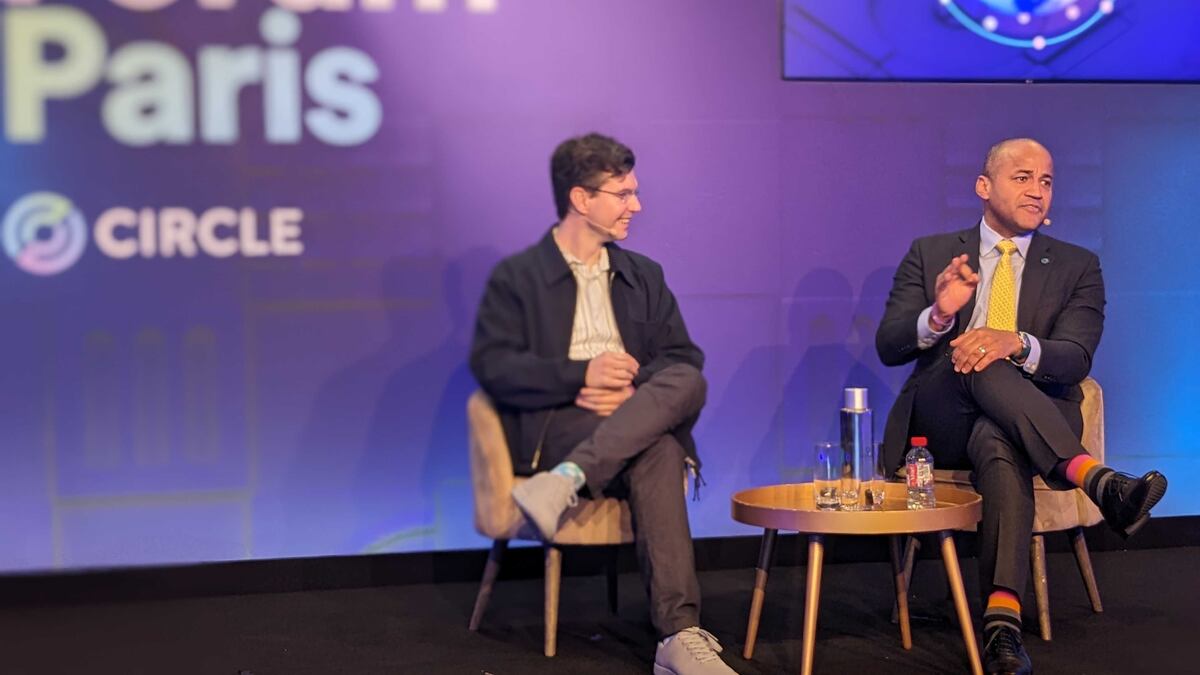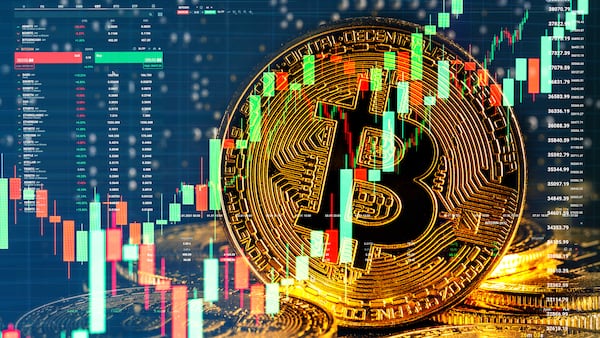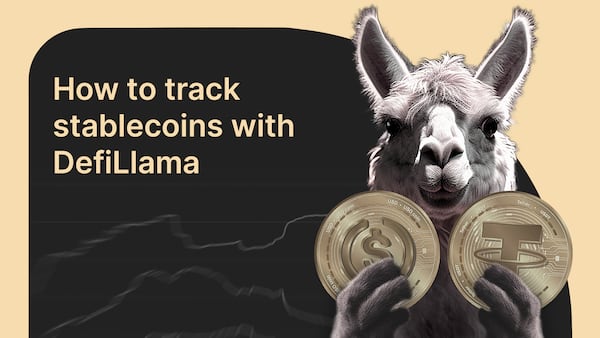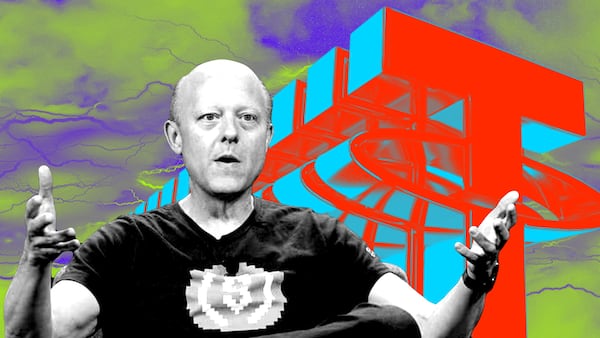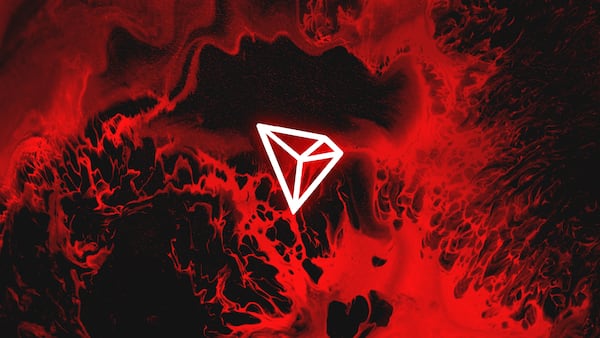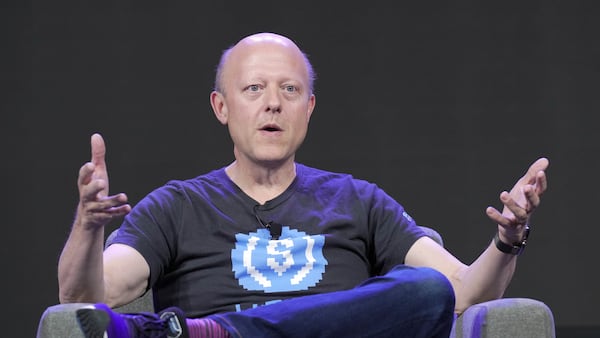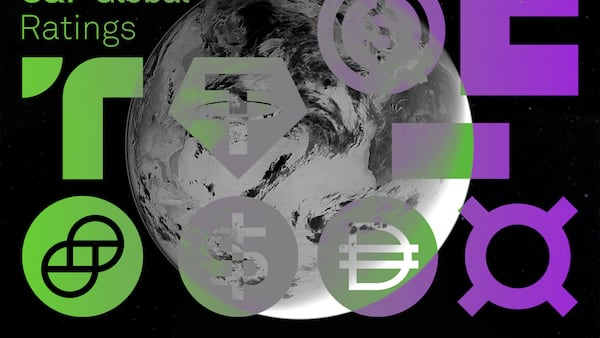- Chief Strategy Officer Dante Disparte urges stablecoin users to look beyond circulation.
- Circle took a hit when Silicon Valley Bank failed.
- The issuer is looking for an edge by embracing regulatory compliance.
Forget market value... for a second.
When it comes to stablecoins, there’s another vital factor to consider — how are people using them?
This was the key message made by Dante Disparte, the chief strategy officer and head of policy at Circle Internet Financial, which issues USDC, in an exclusive interview with DL News on Tuesday.
“Circulation is an important proxy for success,” he said on the sidelines of Paris Blockchain Week. “However, it cannot be the only proxy for success if you also care about the entire value chain around a stablecoin.”
Other metrics
Circle manages USDC, the second-largest US dollar-backed stablecoin with a value of $32 billion. That’s about a third the size of market leader USDT, issued by Tether.
And it doesn’t come entirely as a surprise that Disparte would urge investors to consider other metrics, such as circulation, in sizing up stablecoins.
Disparte said it’s also important for users to weigh just how deeply a stablecoin is integrated into traditional payment networks.
“Visa has enabled USDC as a native settlement currency on the Visa network, which reaches 70 million merchants,” he said. “Mastercard is not far behind. MoneyGram has created on- and off-ramps for USDC in all of its locations around the world.”
Banking crisis
The stablecoin race — at least by market value —- was much closer prior to the regional banking crisis last year.
Circle held $3.3 billion of its reserves in Silicon Valley Bank, a tech industry stalwart that shocked investors when it suddenly collapsed following a run on deposits.
As spooked investors withdrew deposits from Circle, USDC slipped its $1 peg, and fell to as low as 87 cents at one point.
Despite the brief loss in confidence, Disparte said USDC performed during the crisis. And he highlighted how a research report on the stabelcoin’s management structure underscores the company’s commitment to transparency.
At the same time, Circle is hoping to win over hearts and wallets by showcasing its regulatory commitments. The firm made a splash in France after winning a conditional operational license in December.
“There’s no reason to be on the edge of being regulated,” he said. “You should be regulated in Europe. In Asian markets, from Singapore to Hong Kong to Japan, it’s a similar set of arguments.”
“There’s no reason to be an offshore or nearshore crypto operator like FTX was to the Bahamas to the United States.”
Liam Kelly is DL News’ Berlin correspondent. Contact him at liam@dlnews.com.
